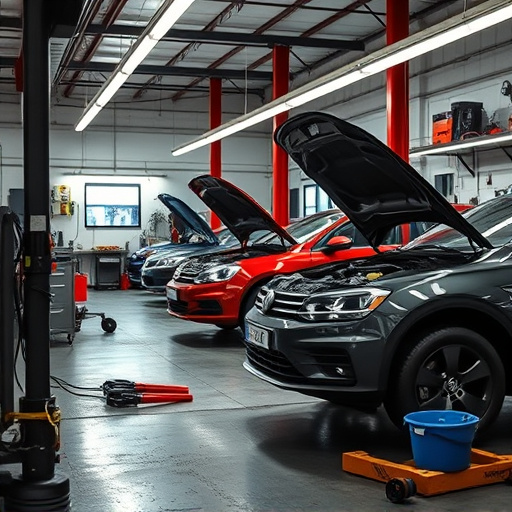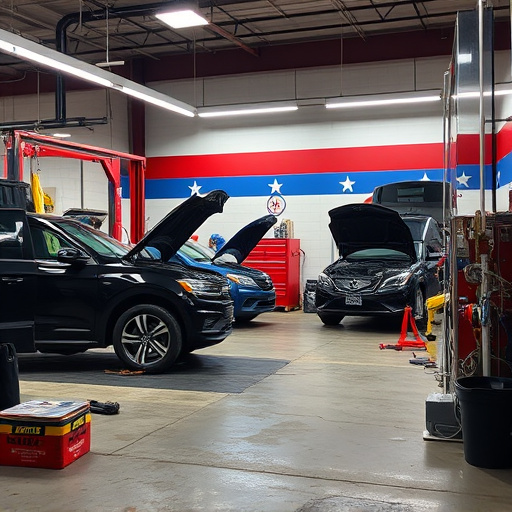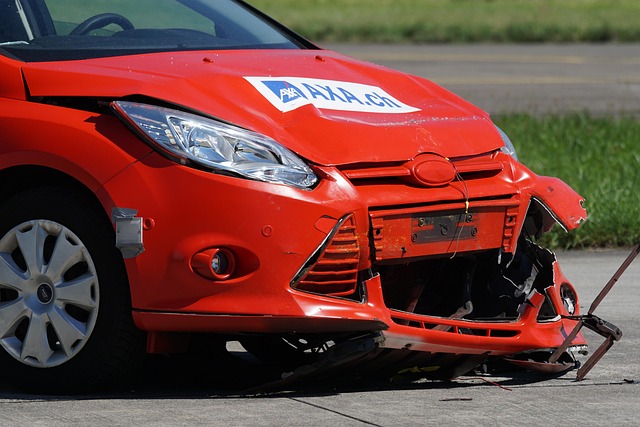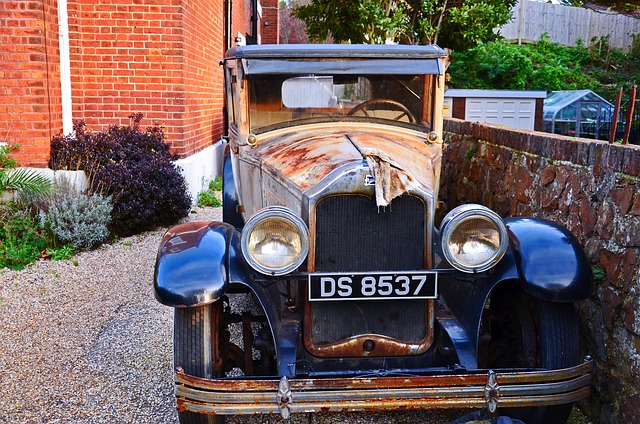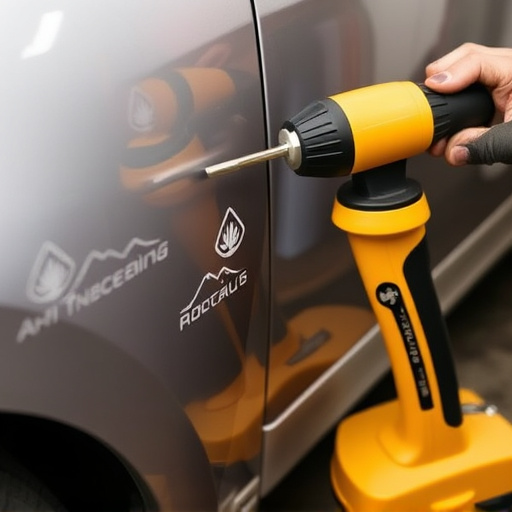After a crash, inspect external battery damage like dents, cracks, leaks, and corrosion. If severe, consult professionals for repair or disposal through auto services or collision centers. Prioritize safety with proper protective equipment and regulations for hazardous waste. Battery replacement may be more cost-effective than repairs if showing signs of severe deterioration or performance issues. Compare costs between repair and replacement for long-term vehicle value.
After a vehicle crash, inspecting the battery for damage is crucial for safety and cost savings. This guide walks you through assessing external battery damage, ensuring safe handling and disposal of damaged batteries, and understanding the cost-benefit analysis of replacing versus repairing a post-crash battery. Learn essential steps to make informed decisions regarding battery replacement after a crash.
- Assessing External Battery Damage After a Crash
- Safe Handling and Disposal of Damaged Batteries
- When to Replace vs. Repair: A Cost-Benefit Analysis
Assessing External Battery Damage After a Crash

After a crash, assessing external battery damage is crucial before deciding if a battery replacement after a crash is necessary. Start by visually inspecting for any signs of physical trauma, such as dents, cracks, or leaks. These can indicate internal damage that might compromise the battery’s performance and safety. Look for corroded terminals, which can be a result of metal distortion or contact with contaminants from the impact. Corrosion not only affects the battery’s ability to hold a charge but also poses a fire hazard if left unattended.
If you notice any external damage, especially if it involves the battery casing or terminals, it’s advisable to consult a professional in vehicle repair services or a collision repair center. They have the expertise and tools to thoroughly evaluate the extent of the damage. Remember, even if the battery appears intact, internal damage can be subtle but severe, making timely intervention through auto glass repair or specialized collision repair services essential for safety and optimal vehicle performance post-crash.
Safe Handling and Disposal of Damaged Batteries
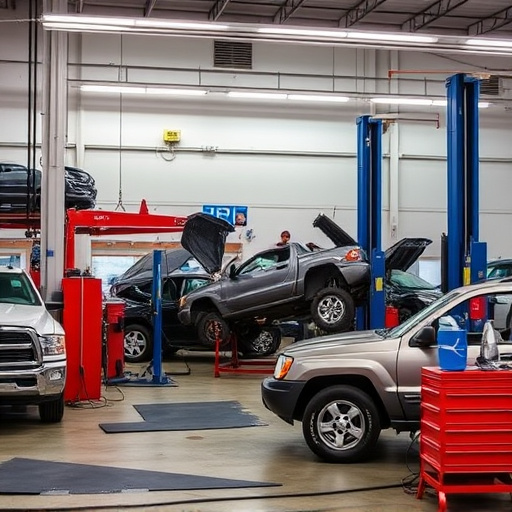
After inspecting the battery for any signs of damage following a crash, it’s crucial to handle and dispose of it safely. If the battery is indeed damaged—exhibiting leaks, swelling, or severe corrosion—never attempt to charge or install it. Instead, place personal protective equipment, such as gloves and safety glasses, before handling the battery to protect against chemical burns and eye irritation.
For proper disposal, check local regulations regarding hazardous waste. Many areas require specialized collection or recycling programs for batteries. You can also reach out to your local auto parts store or fleet repair services—including Mercedes-Benz repair specialists—for guidance on safe battery disposal options. Remember, responsible handling and disposal of damaged batteries not only protects your health but also contributes to environmental sustainability, especially when considering the potential impact on auto glass replacement and overall vehicle repair.
When to Replace vs. Repair: A Cost-Benefit Analysis
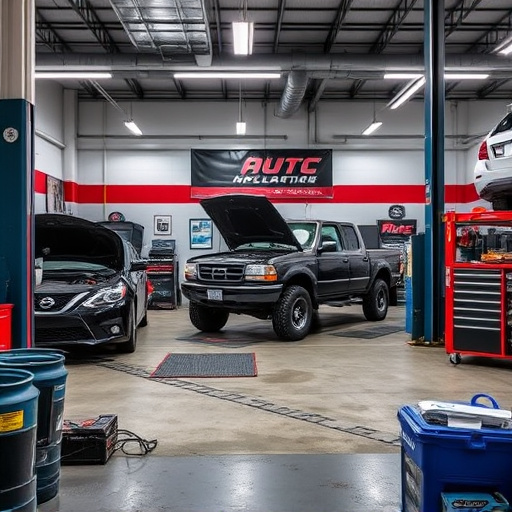
Battery replacement after a crash is often a crucial decision for vehicle owners. While some minor damages might be repaired, others may necessitate a complete swap. Conducting a thorough inspection involves assessing cracks, corrosion, and internal damage. If the battery shows signs of severe deterioration or if its performance is compromised, replacement might be the most cost-effective solution in the long term.
Comparing costs between repair and replacement is essential. Auto body shops often charge for labor and parts, while a new battery from a collision repair center can vary in price depending on brand and type. Considering that a well-maintained battery can last several years, investing in a replacement might be more beneficial than ongoing repairs. In many cases, the former offers better value, especially if your vehicle is older or has a history of frequent battery issues.
Battery damage following a crash can pose significant risks, but understanding how to inspect and handle these components is key to ensuring safety and making informed decisions about repair or replacement. By carefully assessing external signs of damage, implementing proper disposal methods, and considering the cost-benefit analysis of repairs versus replacements, you can navigate post-crash battery management effectively. Remember, prompt action and responsible handling are essential when dealing with damaged batteries to mitigate potential hazards and environmental impact. For severe cases or uncertainty, always consult professionals for guidance on safe battery replacement after a crash.

